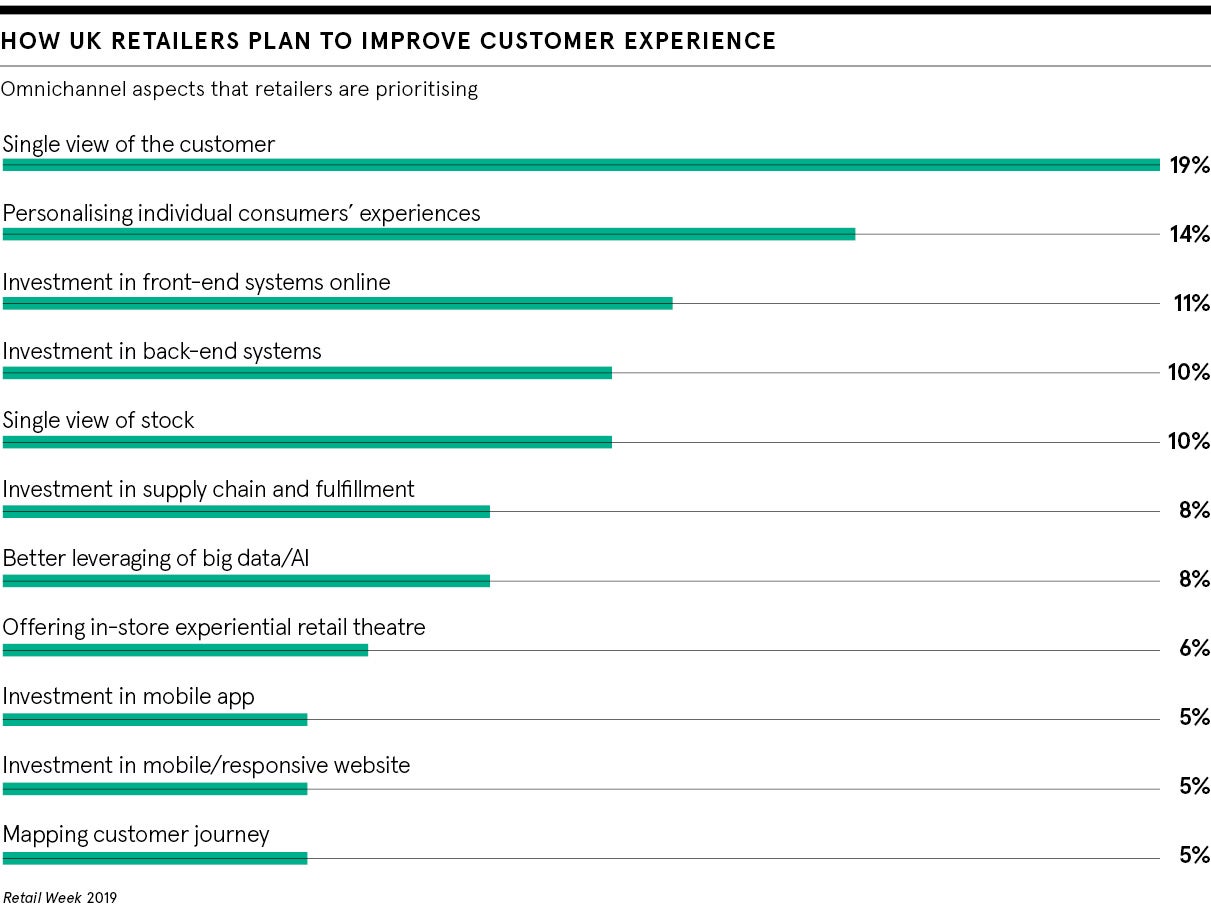The ways brands engage with their customers and the means they offer for customers to connect with them have changed radically in recent decades. What might once have been a simple support phone line or postal address has become an omnichannel customer experience. Customers seeking support can now be pushed towards live chat, online support forums and, increasingly, automated solutions such as chatbots.
But is this working? Is the drive towards potentially cheaper forms of customer support misguided, killing the customer loyalty that can come with the human touch?
When stacking the costs and benefits of chatbots versus humans up, the appeal of the bots is pretty clear: if you can intercept simple customer queries that might not require a human response, you free up more resources to handle more difficult matters.

Daniel Bailey, of customer service software firm Zendesk, cites the example of Dollar Shave Club that uses Zendesk’s Answer Bot tool to “suggest self-service articles to members for simple, repetitive questions such as ‘how do I pause my account?’” He reports that the tool manages 12 to 16 per cent of all inquiries that come in.
Tom Kirby, head of customer service at online cleaning booking service Housekeep, says they’ve achieved a 25 per cent reduction in human contact time through the use of automation. This allows his team to “focus on where we can truly add value to our user’s experience and maintain personalisation and individual connection with the time saved”. It’s not hard to see why chatbots can seem like such a valuable part of the omnichannel customer experience, especially in terms of resource management.
Can chatbots achieve true customer satisfaction?
But though that explains their rising popularity, it doesn’t necessarily mean chatbots are all providing pain-free, seamless experiences. A 2018 report by PwC found that 71 per cent of US customers would choose customer service from a human being over that of a chatbot, while a Digitas survey found 73 per cent avoid a chatbot after a single bad experience.
A chatbot that can give you the answer you need might be faster than waiting to speak to a human agent on the phone. But being directed to a bot that can’t help is only going to aggravate any negative feelings a customer might have when trying to contact a customer service department.
Rebecca Barker, of global branding and design agency Landor, says: “We are getting more frustrated with bots that can’t sense our tone and can’t empathise with our situation. When the answer isn’t black or white, bots can spit out a world of grey.” If the bot can’t give the customer a clear answer, or leads them into a conversational dead end, it’s back to the phones or a bricks-and-mortar store, feeling even less satisfied than in the first place.
A successful omnichannel customer experience requires integrating the different channels, rather than simply funnelling customers towards the least resource-intensive channel and hoping for the best. Brands should ensure customers hitting frustration points with automated tools can be identified and transferred to human agents who are likely to be more capable of identifying solutions to complex problems. As Dave Pattman, of consultancy Gobeyond Partners, puts it: “Chatbots should not be viewed as a means to avoid speaking to customers.”
Successful omnichannel integrates humans and tech
Tech can come into play in other ways. Bailey believes artificial intelligence (AI) can itself be used to determine which tools are right for a given customer with a given problem, rather than taking a one-size-fits-all approach.
“Ultimately, if the AI tools detect the customer is likely to respond poorly to an interaction with a bot, based on prior experiences, businesses need to prioritise routing these individuals through to an agent, who has full visibility of past interactions, and can handle the situation delicately and appropriately,” he says. AI can guide people into the correct part of your omnichannel customer experience, as well as being one of the channels.
The efficacy of tech-based customer service solutions are likely to improve. Barker points to work that’s being done on voicebots, a new type of system that can actually “speak” to customers and will be able to sense tone and adjust how it responds accordingly.
We are frustrated with bots that can’t empathise… When the answer isn’t black or white, bots can spit out a world of grey
Then there are “emotional chatbots, which produce factually coherent answers while also infusing the conversation with feelings like happiness or disgust”, attempting to replicate the ideally empathetic tone of a human agent, she says.
While this might sound off-putting, research from Cornell University in America shows that 61 per cent of people preferred the emotional chatbot to a neutral version. And generational attitudes affect acceptance of new kinds of machine assistance as younger consumers tend to report better experiences with existing chatbots. Therefore, shifting demographics might increase the utility of new tech in customer journeys as much as the improvements themselves do.
Whether every new approach succeeds or not, tech can and will play a crucial part in helping omnichannel customer experience meet consumer expectations. But it isn’t always as simple as replacing human agents with bots and watching profits rise.
An overall customer service approach that succeeds will identify where and when technology can be best be applied. The opportunity for better, seamless and more tailored customer service is present, but at least in the short term is not so much a case of chatbot v human as letting customers reach the kind of intelligent assistance they require, whether that intelligence is artificial or not.

